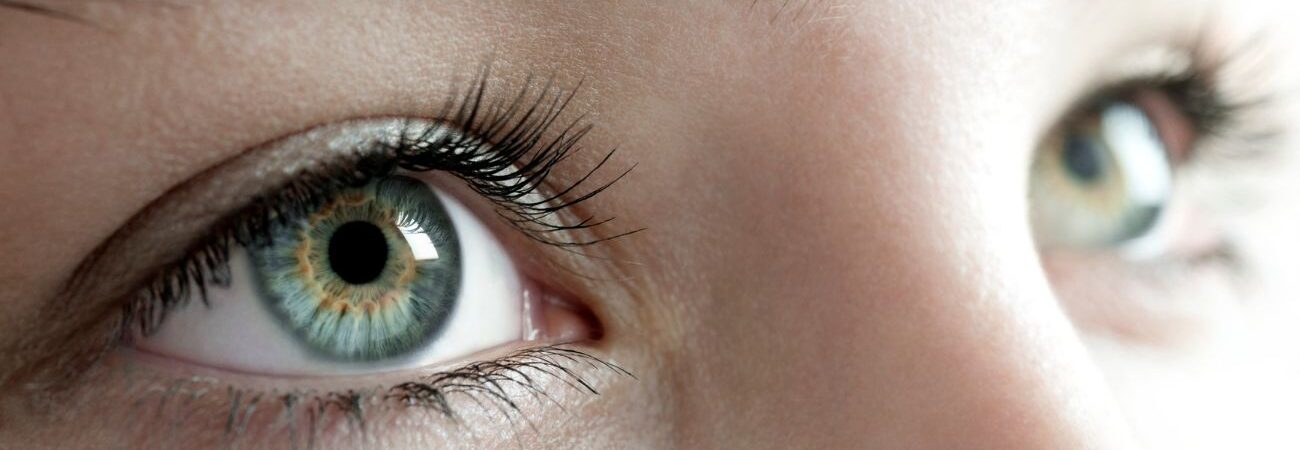While it’s common knowledge that our eyes play a crucial role in daily life, not many are aware that approximately 70% of the population may experience some form of phoria during their lifetime, as suggested by a 2015 study.
But what exactly is phoria? How does it differ from more noticeable eye alignment issues like strabismus? And importantly, how can it impact your daily life? We will explore these questions, providing insights into the types of phoria, their potential symptoms, and the importance of early detection and management.
What is Phoria?
Phoria is an eye condition where the eyes aren’t aligned properly, but it’s not always obvious. Unlike ‘lazy eyes’ (aka strabismus), where the eyes are clearly misaligned all the time, phoria is hidden and only shows up in certain situations. For example, if one eye is covered, the other eye might drift off because it’s not working together with the covered eye.
This condition is categorised based on the direction of the misalignment. The main types are:
- Esophoria: Inward turning tendency of the eye.
- Exophoria: Outward turning tendency.
- Hyperphoria: Upward deviation of one eye.
- Hypophoria: Downward deviation of one eye.
Unlike more overt eye misalignments, phoria is typically kept in check by the brain and eye muscles working in unison. It becomes apparent only when the eyes are tired or under stress, leading to symptoms like eye strain, headaches, blurred or double vision.
Causes of Phoria
The causes of phoria are varied, and often, it’s a combination of factors rather than a single cause. Understanding these can help in both prevention and treatment. The primary causes include:
- Genetic Factors: Like many eye conditions, phoria can run in families. Genetic predisposition plays a significant role in its development.
- Muscle Imbalance: The muscles controlling eye movement may be imbalanced. One set of muscles may be stronger or weaker than the other, causing the eyes to drift.
- Neurological Issues: Certain neurological conditions can affect the nerves that control eye muscles, leading to phoria.
- Prolonged Stress on Eyes: Extensive screen time, reading, or any activity that strains the eyes for long periods can exacerbate phoria.
- Trauma or Injury: Head injuries or trauma to the eye area can lead to the development of phoria.
- Developmental Issues: In some children, phoria may develop as part of their visual system’s growth and development.
It’s important to note that while some factors, like genetics, are beyond control, others, such as managing screen time, can be regulated to reduce the risk or severity of phoria. Regular eye exams are crucial in identifying and managing these factors effectively.
Symptoms of Phoria
Phoria often remains unnoticed until symptoms appear, usually when the eyes are stressed or tired. Recognizing these symptoms is crucial for early detection and management. Common symptoms include:
Eye Strain
Feeling of discomfort or fatigue in the eyes, especially after prolonged reading, writing, or screen time.
Headaches
Frequent, unexplained headaches, often occurring after visual tasks.
Blurred Vision
Temporary loss of clear vision, which can come and go.
Double Vision
Seeing two images of a single object, particularly during intense focus.
Difficulty Focusing
Challenges in maintaining clear vision, especially when shifting focus between distances.
Cover Test Reaction
A simple test where covering one eye briefly causes it to move to realign when uncovered, indicating latent misalignment.
It’s important to note that these symptoms can be linked to other eye or health conditions. Therefore, a comprehensive eye examination by an optometrist or ophthalmologist is essential for accurate diagnosis and appropriate treatment.
Treatments and Cure of Phoria
Treating phoria effectively involves a personalised approach, as the condition varies from person to person. The main goal of treatment is to alleviate symptoms and improve visual function. Common treatment methods include:
Prescription Glasses or Contact Lenses
For many, corrective lenses can compensate for the misalignment, reducing symptoms like eye strain and headaches. Finding the right optometry services is crucial in this process.
Vision Therapy
A series of eye exercises aimed at strengthening eye muscles and improving coordination and alignment. This therapy is often recommended for mild to moderate cases.
Prism Lenses
These special lenses bend light to reduce double vision and improve alignment. They are incorporated into glasses and can be a highly effective treatment.
Surgery
In severe cases, surgical intervention may be necessary to correct muscle imbalance. This is typically considered when other treatments have not been effective.
Lifestyle Adjustments
Simple changes, such as reducing screen time, taking frequent breaks during visual tasks, and using proper lighting, can alleviate symptoms.
It’s important to remember that while phoria can be managed effectively, there is no one-size-fits-all cure. Regular eye examinations and consultations with eye care professionals are vital to finding the best treatment plan for each individual.
What is the difference between phoria and tropia?
Both terms refer to different ways the eyes can be misaligned, and they vary in how they show up and affect people.
Phoria is a latent form of eye misalignment. It’s typically unnoticed in normal vision because the brain and eye muscles work together to keep the eyes aligned. Phoria becomes apparent only when the binocular vision is disrupted, such as when one eye is covered. This condition can lead to symptoms like eye strain and headaches, especially when the eyes are under stress.
Tropia, on the other hand, is a constant and noticeable eye misalignment. It’s visible even when both eyes are open and attempting to focus. Tropia can be more disruptive to visual perception, often leading to double vision or reduced depth perception. It’s a more overt form of misalignment compared to phoria and usually requires more immediate and sometimes more intensive treatment.
In summary, while both phoria and tropia involve misalignment of the eyes, phoria is a hidden condition that only becomes evident under specific conditions, whereas tropia is a constant, visible misalignment.
Choosing The Right Eyeglasses for Phoria
The appropriate eyewear can significantly reduce symptoms such as eye strain and headaches, and improve overall visual comfort. It’s essential to consult with an eye care professional who can provide personalised recommendations based on your specific condition and needs.
For those seeking eyeglasses for phoria, EyeSelect offers a range of options. We provide expert guidance and a wide selection of eyewear suited to various needs, including those with phoria. Remember, the right pair of glasses can make a significant difference in your daily life, especially when dealing with eye misalignment. Choose wisely and prioritise your visual health.





